Shruti Sarma in Hyderabad
Ashok Pawar is lucky in two ways. One, his shop is deep inside a lane in Sultan Bazar. Two, he is into a business that does not require much of direct interaction with people - of supplying dance and drama costumes to schools. The proposed Hyderabad Metro rail project will not affect him much. However, things are not as good a few meters away. Vikas Gandhi is hoping against hope that his business does not get affected. His Gautam Hosiery, which is in Sultan Bazaar for 40 years and has a turnover of around Rs 10,000 a day, is set to be a casualty of the Metro. Photographs: Hyderabad Metro Railway website.
Why Metro is unwelcome in Hyderabad
Image: Metro rail.Besides Gandhi's, 120 other shops in Sultan Bazar are set to be a story of the past. The 200-year-old jam-packed market, the lifeline of Hyderabad's aam aadmi, is cluttered with shops and shoppers. From safetypins to apparel, household items to jewellery, you find almost everything in this market.
Why Metro is unwelcome in Hyderabad
Image: Metro rail.The elevated project will come up on three high-density traffic corridors - Miyapur-LB Nagar, Jubilee Bus Stand (JBS)-Falaknuma and Nagole-Shilparamam.
Why Metro is unwelcome in Hyderabad
Image: Metro rail.It is to be implemented on a design, build, operate, finance and transfer basis.
Why Metro is unwelcome in Hyderabad
Image: Hyderabad Metro Rail.However, Hyderabad Metro Rail Ltd (HMRL) Managing Director N V S Reddy believes metro is the need of the hour.
Why Metro is unwelcome in Hyderabad
Image: Hyderabad Metro Rail.Moreover, the existing MMTS stations are not in the main areas and have limited accessibility. Its maximum capacity is 60,000-70,000 people in that area, Reddy points out.
Why Metro is unwelcome in Hyderabad
Image: Hyderabad Metro Rail.The government, too, is not making things any easy. "They plan to dump us on the fourth floor of a complex. Expecting customers to come there and buy a belt for Rs 10 is not viable," says Rathi.
Why Metro is unwelcome in Hyderabad
Image: Hyderabad Metro Rail.There are claims that the Metro's alignment is being changed at Charminar, but this is not even being considered to save perhaps the oldest market of the city.
Why Metro is unwelcome in Hyderabad
Image: Hyderabad Metro Rail.The Centre will provide Rs 1,458 crore (Rs 14.58 billion) as viability gap funding and the Andhra Pradesh government would spend Rs 1,980 crore (Rs 19.80 billion) on acquisition of 204-acre private land, shifting of utilities, relief and rehabilitation, structural compensation, reconstruction of structures on government properties near stations, improvement of alternative roads, etc.
Why Metro is unwelcome in Hyderabad
Image: Hyderabad Metro Rail.The project is to be completed by 2015. HMRL expects to meet the deadline, since it does not see any problem in land acquisition. It has the right to decide the way.
The ownership of land and assets will remain with the state government.
Why Metro is unwelcome in Hyderabad
Image: Hyderabad Metro Rail.
Why Metro is unwelcome in Hyderabad
Image: Metro Rail.L&T already has all plans in place, but the shopkeepers in these areas still do not have any idea what the future holds for them.
"We will fight. That's all we can do. For them, it is either take it or leave it. For us, it is life," says Gandhi. Rathi intends to take legal recourse as the last option to save these markets.
Why Metro is unwelcome in Hyderabad
Image: Photographs, courtesy: HICCThe Hyderabad chapter of the Indian National Trust for Art and Cultural Heritage (Intach), too, has been opposing the project on the ground that it passes through heritage sites.
It has been demanding public hearing to bring out the 'truth'.
Why Metro is unwelcome in Hyderabad
Image: A threat to Hyderabad's heritage."The Metro will pass just three heritage structures - Clock Tower, Mozamzahi market and the Assembly. We are about 50-100 ft away from these structures and about 50 ft above the ground. How does it affect these structures?" asks Reddy.
Why Metro is unwelcome in Hyderabad
Image: Hyderabad.Photographs: Courtesy, AP tourism.
He insists that Hyderabad needs the Metro.
"These are sophisticated rail technology and there will be no vibration. People are confused," he says, adding: "We can debate and discuss, but we must reach a conclusion.
The MMTS project also faced hurdles. We need to give a couple of years to a new system to know its worth. MMTS is popular now. You need to have a better public transport, or the city would eventually come to a standstill," he says.
Why Metro is unwelcome in Hyderabad
Image: Hyderabad Metro Rail office.By 2015, when the Metro comes up, the traffic is projected to be 1.5 million per day - 750,000 for Corridor I, 300,000 for corridor II and 450,000 for Corridor III. And, by 2020, it is estimated to be 2.2 million.
Why Metro is unwelcome in Hyderabad
Image: Sultan Bazar unhappy about Metro.His arguments and promises do not look completely out of place. But people in Sultan Bazar are not yet ready to buy the idea.

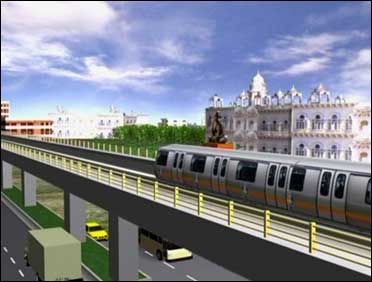
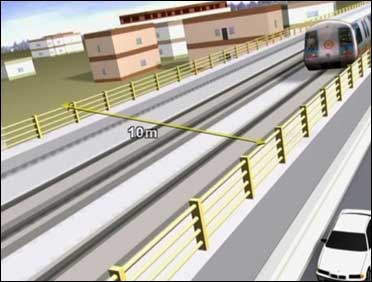

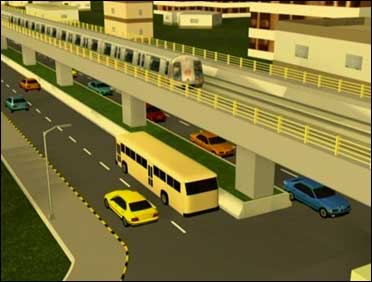
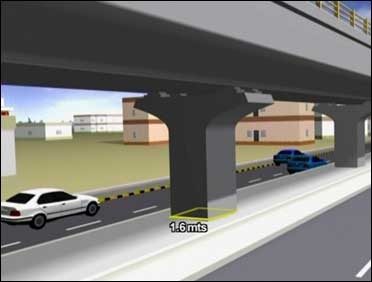
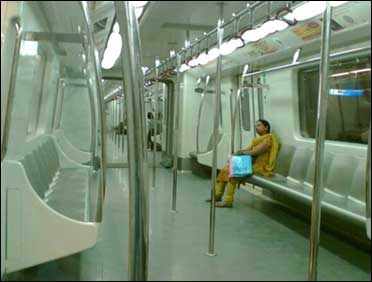
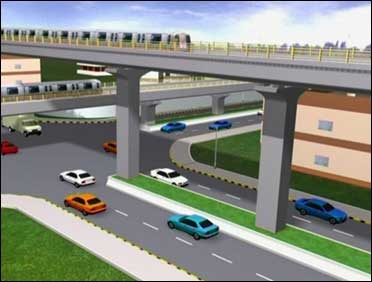

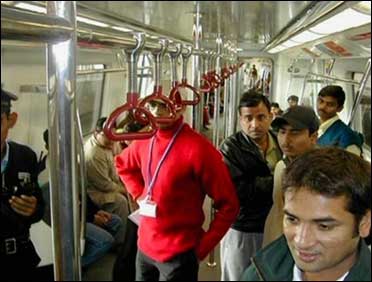


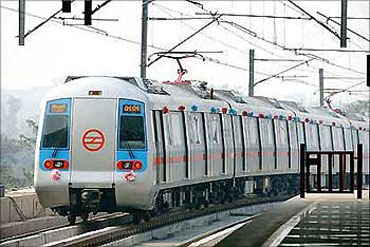
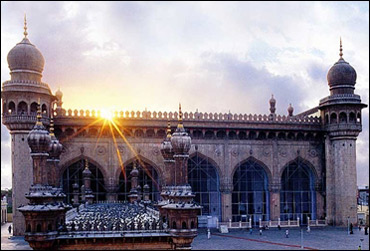
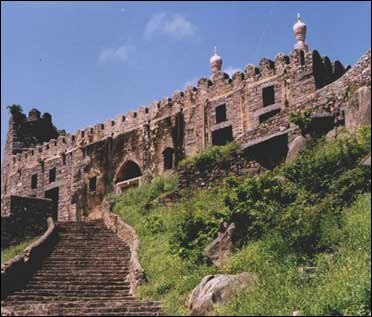




article